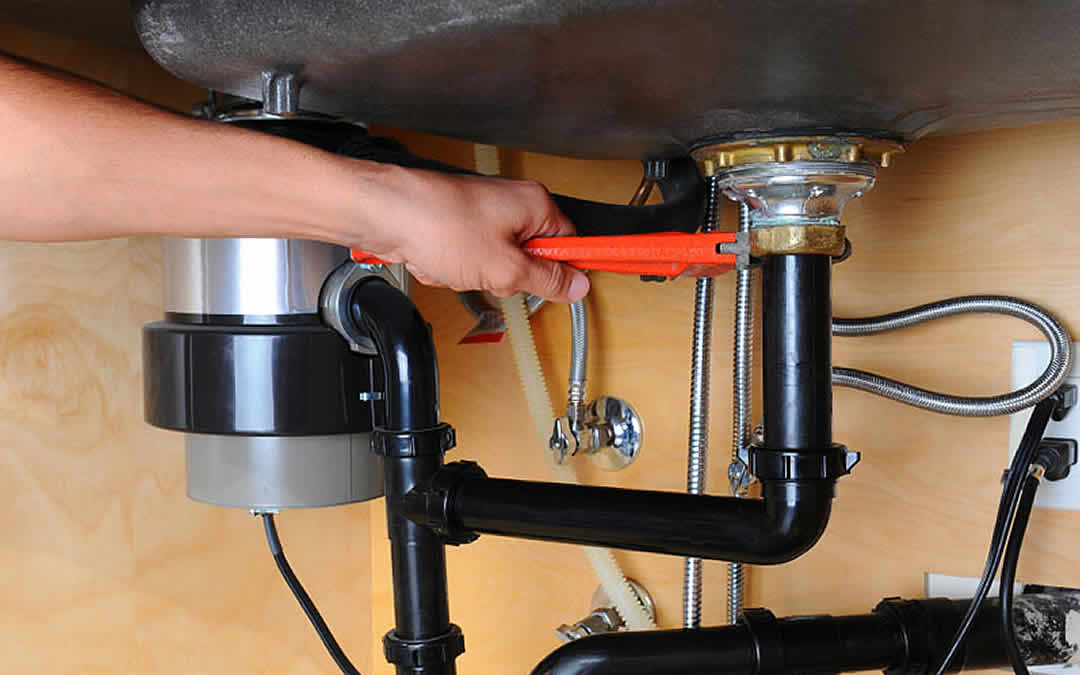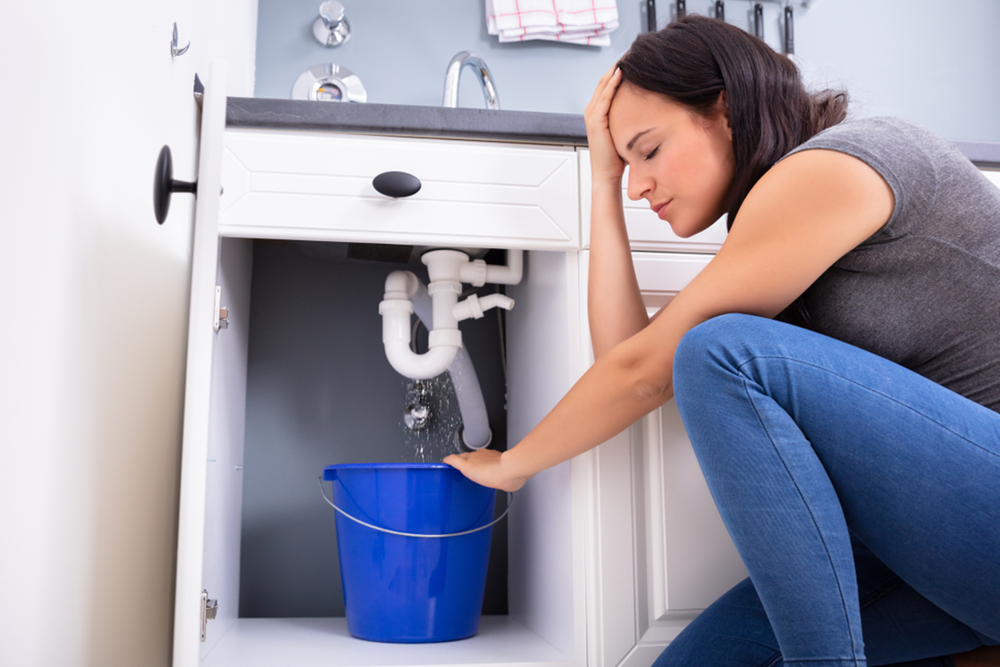Swift Fixes for a Dripping Garbage Disposal
Swift Fixes for a Dripping Garbage Disposal
Blog Article
Nearly everybody has got their own individual piece of advice on the subject of The Handy Guide To Fixing Your Garbage Disposal Leaking.

Waste disposal unit are essential cooking area appliances that help in disposing of food waste effectively. Nonetheless, a leaking garbage disposal can be an aggravating and unpleasant problem to manage. Thankfully, several leaks can be dealt with easily with a few basic steps. In this article, we will certainly review just how to fix a leaking waste disposal unit effectively.
Intro
Garbage disposals are set up under kitchen sinks and are designed to shred food waste right into smaller sized pieces, enabling it to go through the plumbing system quickly. While these tools are usually reputable, leaks can take place in time as a result of damage, loose links, or damage to the system.
Step-by-Step Guide to Taking Care Of a Dripping Waste Disposal Unit
Switch off the Power
Prior to attempting any repair services, ensure that the power to the waste disposal unit system is switched off to stop the risk of electric shock.
Situate the Leak
Determine the specific place of the leak and determine the reason
Tighten Links
Make use of a wrench to tighten any loosened connections between the disposal system and the plumbing system.
Change Seals or Gaskets
If the leakage results from used seals or gaskets, remove the old components and change them with new ones.
Patching Fractures or Holes
For fractures or openings in the disposal device, use epoxy or an appropriate patching material to seal the damaged area.
Identifying the Source of the Leakage
Before attempting to take care of a leaking garbage disposal, it is essential to determine the source of the leak. This can generally be done through visual inspection or by carrying out straightforward examinations.
Visual Examination
Evaluate the waste disposal unit system very carefully for any indicators of water leakage. Pay very close attention to areas around seals, gaskets, and connection factors.
Testing for Leaks
One method to check for leaks is by running water with the disposal system and looking for any kind of visible signs of leak.
Common Reasons For Leaks in Waste Disposals
Worn Seals and Gaskets
Seals and gaskets play a crucial function in avoiding water from leaking out of the garbage disposal. Over time, these components can wear away, leading to leaks around the disposal system.
Loose Links
The links in between the garbage disposal and the pipes system can come to be loose over time, creating water to leakage out throughout procedure.
Splits or Holes in the Disposal System
Physical damage to the waste disposal unit, such as cracks or holes in the housing, can also lead to leaks.
Tools and Products Needed for Repairing a Dripping Waste Disposal Unit
Prior to starting the repair service procedure, gather the essential devices and products, including a screwdriver, adjustable wrench, plumber's putty, substitute seals or gaskets, and epoxy or patching product for repairing cracks or holes.
Examining the Garbage Disposal After Repair Work
Once the repair work is complete, examine the waste disposal unit by running water via it to make certain that the leakage has been fixed.
Preventive Maintenance Tips to Stay Clear Of Future Leaks
To avoid future leaks, it is essential to execute normal upkeep on your waste disposal unit. This includes keeping it clean, avoiding putting non-food items or tough things down the disposal, and occasionally checking for leaks or other concerns.
Final thought
To conclude, repairing a dripping garbage disposal is a fairly uncomplicated process that can be finished with fundamental devices and materials. By complying with the steps detailed in this article and exercising precautionary upkeep, you can keep your waste disposal unit in good working problem and prevent expensive repair work in the future.
HERE’S HOW TO FIX YOUR GARBAGE DISPOSAL
WHAT TO DO IF SOMETHING IS STUCK IN YOUR GARBAGE DISPOSAL
If the impeller won’t turn, there’s probably something stuck in the disposal. It could be a steak bone or peach pit, although plumbers report pulling all sorts of inappropriate objects out of disposals, such as bottle caps or aluminum foil. Make sure power to the disposal is off, and look inside to see if you can see the source of the jam.
Never stick your fingers in a disposal. Pull out anything you see with tongs or pliers.
If the disposal still won’t work, it may be time to call a plumber or consider buying a new disposal. GEM Plumbing & Heating is here for all of your garbage disposal needs.
WHAT TO DO IF YOUR GARBAGE DISPOSAL DRAIN IS CLOGGED
Take everything out from underneath your sink and put a bucket or other container under your disposal to catch any water that drains out. Disconnect your disposal from the power supply. If it’s plugged into a wall outlet, unplug it. If it’s hardwired into an electrical box, go to the electrical panel and turn off the breaker for the disposal. Pour ¼ cup of baking soda into the drain, followed by ½ cup of white vinegar. Give the solution a few minutes to fizz and do its work. Look into the disposal with a flashlight to see if you can see an object that might be causing the clog. If you see it, remove it using tongs or pliers. MORE TIPS ON DEALING WITH A CLOGGED GARBAGE DISPOSAL
Never use drain cleaner in a garbage disposal. It can damage the plastic parts inside the disposal. You can also be splashed with the caustic liquid while working to clear the clog. Beware! Never stick your fingers into a garbage disposal. Trust us — not a good idea. In many instances, your dishwasher drains through your garbage disposal. This allows the disposal to grind any large food particles that may be drained out of your dishwasher. There are some jurisdictions, however, where the plumbing code prohibits such a connection. WHAT TO DO WHEN YOUR DISHWASHER DRAINS THROUGH THE DISPOSAL
Run some water in the sink so your plunger has at least a ½-inch of water to create a seal and plunge vigorously up and down several times. You may need to repeat this several times. Run hot water down the drain to clear any residue that remains.

I'm very occupied with Why Is and I am hoping you enjoyed our blog posting. Sharing is nice. Helping others is fun. I cherish reading our article about Why Is .
Explore Report this page